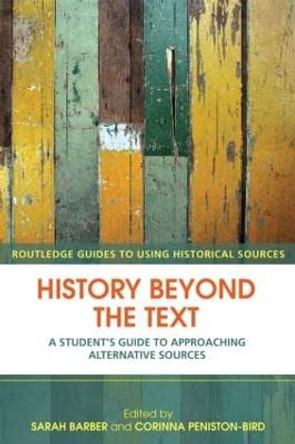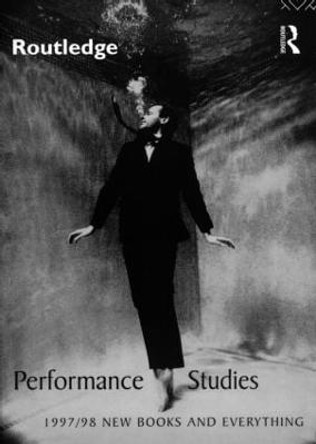Description
In Approaching Historical Sources in Their Contexts, 12 academics examine how space, time and performance interact to co-create context for source analysis.
The chapters cover 2000 years and stretch across the Americas and Europe. They are grouped into three themes, with the first four exploring aspects of movement within and around an environment: buildings, the tension between habitat and tourist landscape, cemeteries and war memorials. Three chapters look at different aspects of performance: masque and opera in which performance is (re)constructed from several media, radio and television. The final group of chapters consider objects and material culture in which both spatial placement and performance influence how they might be read as historical sources: archaeological finds and their digital management, the display of objects in heritage locations, clothing, photograph albums and scrapbooks. Supported by a range of case studies, the contributors embed lessons and methodological approaches within their chapters that can be adapted and adopted by those working with similar sources, offering students both a theoretical and practical demonstration of how to analyse sources within their contexts.
Drawing out common threads to help those wishing to illuminate their own historical investigation, this book encourages a broad and inclusive approach to the physical and social contexts of historical evidence for those undertaking source analysis.
About the Author
Sarah Barber is Senior Lecturer in History at Lancaster University, UK. She publishes widely on early modern Britain, Ireland and the colonial Americas. Her recent work reconfigures colonialism, decolonising the writing of colonial encounter, such as in the monograph, The Disputatious Caribbean (2014). Recovering the voices of the silent and silenced spurs her work to expand historical source material.
Corinna M. Peniston-Bird is Senior Lecturer in Gender and Cultural History at Lancaster University, UK. She works on experiences and cultural memories of war, focussing largely on the World Wars. Her interests lie in the disruptive, the excluded and the marginalized and the sources which allow historians that focus. Her recent publications have explored British memorials, wartime cinema and the significance of wartime memories of bananas.
Reviews
'Scholars of all spatial and temporal contexts will welcome this collection which is fizzing with ideas on how to interpret the past whilst attending to the vagaries of space, time and the relationship between the two. The authors gathered here grapple with the complexities of context for the analysis of evidence which often appears fixed in time and space and present myriad ways of interpreting sources which are mutable when understood as co-created, shared and responsive to context. This is an important collection for anyone engaging with the spatial, material and temporal turns and who wishes to strike out from the linear narrative to think about how we make sense of our sources - from buildings to photograph albums, clothing to media performance - as they respond to and gather responses from consumers, audiences, viewers and listeners. Barber and Peniston-Bird have produced a challenging collection which stretches our imagination to consider the traces of the past in new and complex ways.'
Professor Lynn Abrams, University of Glasgow, UK
Book Information
ISBN 9780815364818
Author Sarah Barber
Format Paperback
Page Count 260
Imprint Routledge
Publisher Taylor & Francis Inc
Weight(grams) 453g







